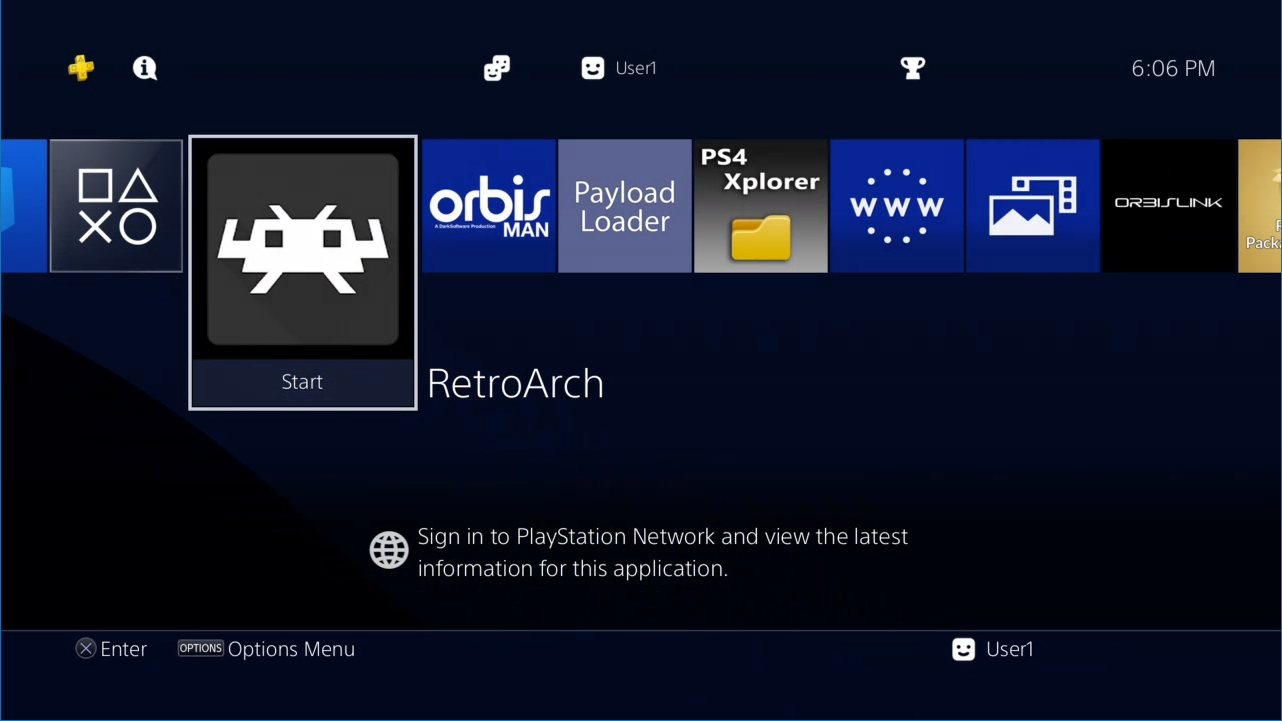

- RETROARCHNEW CORE HOW TO
- RETROARCHNEW CORE INSTALL
- RETROARCHNEW CORE FULL
- RETROARCHNEW CORE PLUS
- RETROARCHNEW CORE SERIES
Then, access the Xbox Developer Mode web interface by visiting the web address in the "Remote Access" section in Dev Home on your console. (For the NES controller, the hotkey is Select+X for other. If you're on a case-sensitive OS, make sure both pcsx2 and bios folders are lowercase. For example, the default path would look like this: system\pcsx2\bios\ biosfilename.bin.

Go inside the bios folder and paste your BIOS file (s) here. On a computer, just head to the RetroArch Downloads page and grab the Xbox One version and the "Microsoft Visual C++ 2015 UWP Runtime Package" dependency file. Go inside the pcsx2 folder and create a bios folder.
RETROARCHNEW CORE INSTALL
To get going, you first have to download and install RetroArch. This includes arcade machines, retro consoles (like SNES and Genesis), modern handhelds (like PSP), and early 3D home consoles (like Sony PlayStation, Nintendo N64, and Sega Dreamcast). RetroArch makes it possible to play games from a huge variety of platforms right on your Xbox. You can choose which cores you want to use and switch between them for the best performance. This multisystem emulator uses plugins or "cores" to expand support for lots of different systems.
RETROARCHNEW CORE SERIES
You can change any core by following the principles in this article.RetroArch is an emulator that works on virtually every platform and has a UWP package made just for Xbox One (and the Series X and S, by extension). If not maybe you should try one of the other cores available – Libretro has many different cores for a lot of different consoles like: Gameboy, Gamebog Color, Super Nintendo, Sega Master System 2, Sega Genesis, Sega Megadrive, NES etc. Note: the COMMAND= line spans several lines here – but should be on one line in the config fileĪt this point we are done – all that’s left is to start Emulation Station, play your favorite NES game and see if you got a performance improvement.
RETROARCHNEW CORE FULL
But bear in mind that just because they are the best for each system running them full speed depends on the device you are.

RETROARCHNEW CORE PLUS
Now change it to look more like this – instructing Emulation Station to use QuickNES: NAME=Nintendo Entertainment SystemĬOMMAND=retroarch -L /home/pi/RetroPie/emulatorcores/QuickNES_Core/libretro/quicknes_libretro.so -config /home/pi/RetroPie/configs/all/retroarch.cfg -appendconfig /home/pi/RetroPie/configs/nes/retroarch.cfg %ROM% GBAmGBA, NES Mesen, Gameboy Sameboy, SNES bSNES, Genesis Genesis plus GX (enable Nuked YM26112 audio, low pass filter on set to 45), N64 Mupen64plus next (use the vulcan backend then enable parallel RDP and RSP). Scroll down to the Nintendo Entertainment System section – is should look like this: NAME=Nintendo Entertainment SystemĬOMMAND=retroarch -L /home/pi/RetroPie/emulatorcores/fceu-next/src-fceumm/libretro.so -config /home/pi/RetroPie/configs/all/ retroarch.cfg -appendconfig /home/pi/RetroPie/configs/nes/retroarch.cfg %ROM% Open the es_system.cfg file: nano ~/.emulationstation/es_systems.cfg Re-configure Emulation stationĪfter you have successfully compiled the QuickNES libretro core, its now time to instruct Emulation station to use this new core instead of the fceu-next core. This will take a while so sit back and wait. Next go ahead and compile the project: cd QuickNES_Core/libretro/ Go to your emulatorcores folder and clone the libretro QuickNES project like this: cd ~ Downland and compile QuickNESįirst step is to download QuickNES into your emulator cores folder.
RETROARCHNEW CORE HOW TO
This guide will show you how to replace fceu-next with QuickNES as the NES emulator core. Fortunately RetroPie uses libretro and emulatorstation which makes it very flexible, and installing a new emulator core for any of the emulated systems is a breeze.

RetroArch has more than one Core available for NES. Most of the times these emulator cores will work perfectly well – but there are situations where you would like to change the emulator core of a certain system.Īn example is the NES emulator in RetroPie – I have found that using the QuickNES core gives better results than the fceu-next core which ships with RetroPie. 2X sounds far to fast to be NTSC/PAL issue, its probably due to incorrect emulation and/or no FPS limiting. This means that RetroPie comes with some predefined emulator cores that it will always use. Unfortunately with simplicity often comes lack of choice. RetroPie will play everything from Gameboy to Super Nintendo to Sega Genesis games. RetroPie makes its incredibly simple to create a Game Console Emulator using the Raspberry Pi (how-to here).


 0 kommentar(er)
0 kommentar(er)
